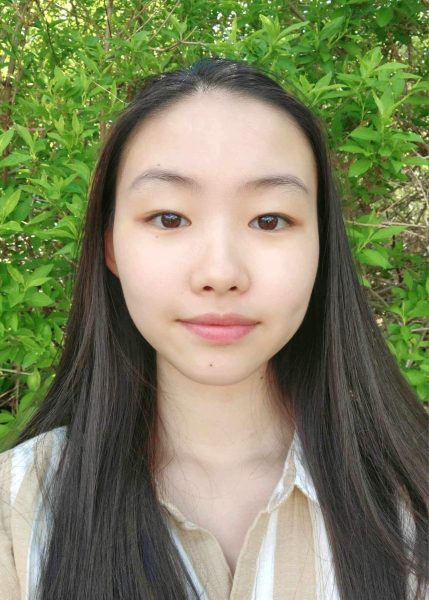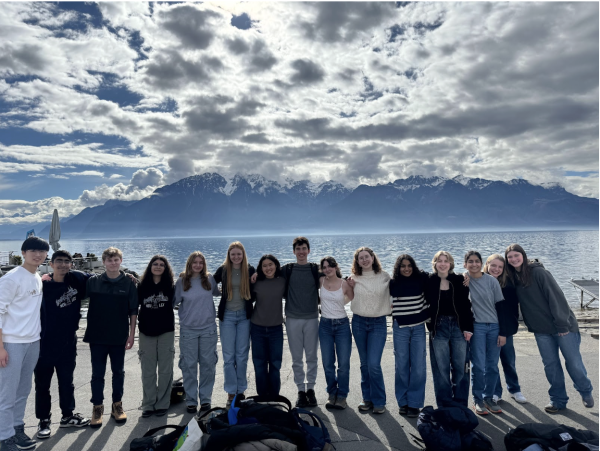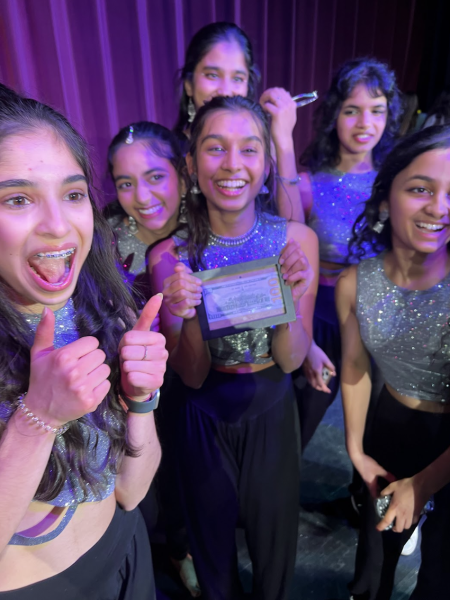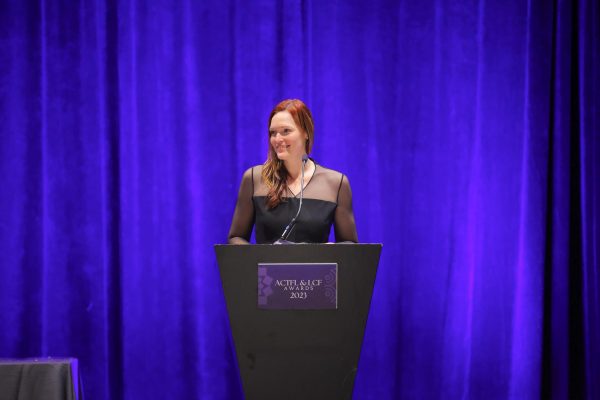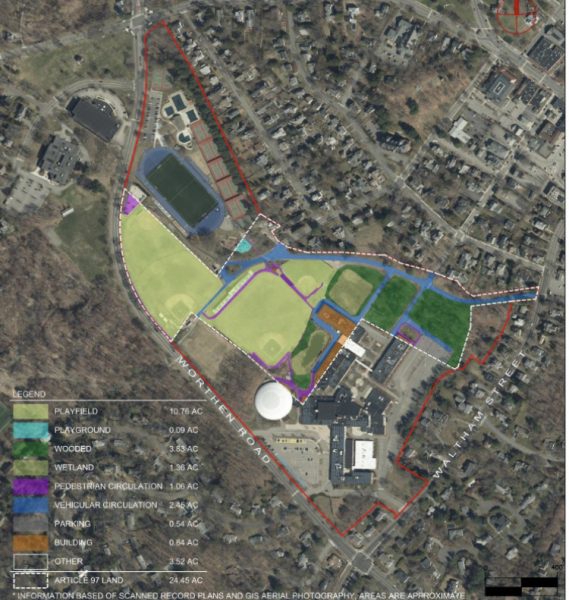New Asian American History Classes
December 12, 2022
This year, Lexington’s Social Studies Department launched an Asian American history class to highlight the experiences of marginalized groups. The new curriculum focuses on racial identity, immigration patterns, and social justice movements, while pushing students to understand the perspectives of underrepresented groups.
The department hoped to build a cohesive curriculum exploring the various facets of the umbrella term “Asian American.” Jamie Johannsen, a social studies teacher who helped design the curriculum, discussed the creation of the new course.
“There was a grant that paid for somebody to help us over the summer: James Keita, who is a professor of Asian American history at Bunker Hill Community College. I spent a day working with him and then with teachers and other colleagues at school, and three students also,” Johannsen said.
The class tackles questions surrounding Asian American identity and the associated social and political connotations.
“You know, even in that word, ‘Asian American’; what does that mean? That was a term that was developed as a political identity to group people from many different Asian ethnicities together in the 1960s. What does it mean to have a course called Asian American history?” Johannsen said.
The course aims to answer this core question and revise students’ understanding of what it means to be Asian American.
Johannsen also speaks on the type of environment she would like to create in the classroom to make the course an enriching learning experience for students.
“I think it’s a meeting space in school where your history or your identity is being explored. I’ve heard from students that they appreciate the opportunity to dive into topics that they might not have in other history classes, and to have space to do that in an academic setting where you can have peers and teachers and people to collaborate with,” Johannsen said.
Johannsen emphasizes that in-class discussions are a learning opportunity for all, even teachers.
“I’m learning a lot from their analysis and from the ways that they ask questions and think about these topics. The whole course is also a process; we’re learning together,” Johannsen said.
From the students’ point of view, the course has introduced students to the breadth of Asian American history.
“I think a major benefit of taking this class is getting to know history from a different perspective. I can make connections between what we’re currently learning in my World History class and the materials in this class. This course covers much of what is not generally talked about in other social studies courses,” Taili Gao, a sophomore who takes Asian American History, said.
Students have learned about key events in Asian American history, from the San Francisco State College Strike of 1968 to the immigration of Asians through Angel Island.
“Before taking this class, I didn’t really think much about Asian American history, and I didn’t know that there is this much to learn about it. Instead of learning history from a European perspective, stories from Asian Americans were presented to me,” Gao said.
With a diverse student body, Lexington High School hopes to represent the histories of different racial groups with inclusivity in mind.
“It speaks to the support for students of color—not just students of Asian descent, but students of all identities at the school—to have courses that are going to validate and explore and hold space within the curriculum and within the schedule for those students,” Johannsen said.
Ultimately, the addition of the Asian American History elective creates an opportunity for students to dive deeper into a part of history often overlooked in core classes.

